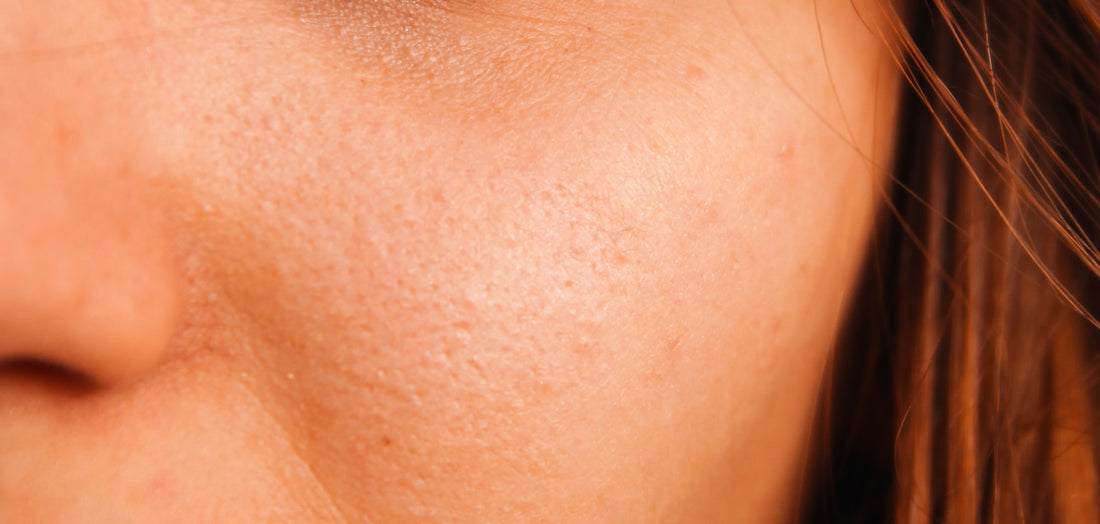Do you struggle with oily skin? It's a common problem that many individuals deal with. The culprit of your problem is often sebum. When your body overproduces sebum, you're left with an oily look and your skin often pays a price.
To help you understand more about this issue, we have compiled all the essential information you need to know about sebum, how to reduce excess production, and general skin care for excess sebum.
What is Sebum?
So what exactly is Sebum? Sebum is a complex mixture made up of triglycerides, fatty acids, wax esters, squalene, and cholesterol. This may sound like a lot, but don't worry. Sebum is naturally produced by our body's sebaceous glands, which are located throughout our entire bodies. The highest concentration of sebum glands are located on the face and scalp.
Why do We Have Sebum?
So why do we produce sebum if it just leads to oily skin and acne? Well, the thing is sebum production is vital for keeping skin healthy. The primary function of sebum is to protect skin and hair from moisture loss. Sebum helps our skin maintain flexibility and youthfulness. The substance also helps protect us from bacterial and fungal infections.
However, overproduction of the substance can lead to unwanted oily skin, clogged pores, or acne. In the same respect, an underproduction of sebum causes skin dryness. Sebum production is generally a delicate balance to maintain.
Sebum & Hormones
Scientists have linked sebum production to our hormones. An androgen is a natural hormone associated with male characteristics. However, androgens are produced by every individual, whether biologically male or female. Males of course produce more androgens compared to females. Researchers have found that androgens are hormones that help regulate the overall production of sebum. It has been seen that the more active your androgens are, the more sebum the body is likely to produce.
The female-specific sex hormone, progesterone, has also been linked to sebum production. Progesterone is produced by both males and females, however, females produce a far greater amount. Scientists have seen that when progesterone levels spike, sebum production also rises. Hormone balance plays a large role in the overall production of sebum, as well as, the overall quality of an individual's skin.
What Triggers Excess Sebum Production?
So what triggers excess sebum production? There are a variety of factors that affect sebum production. However, the likely culprit of excess sebum production is probably a hormonal imbalance.
Tips to Reduce Sebum Production
So now you know what sebum is all about, but you're still curious how to decrease sebum production on the face? You want to achieve that beautiful glowing skin you have always dreamt about. Well don't worry, you can still definitely achieve this look. There are some simple tips you can follow to reduce sebum production and have the skin you have always wanted!
The simplest way to balance sebum production levels is through the use of topical treatments.
We recommend the Rejuvenation Foaming Cleanser, Clearing Renewal Complex, and Facial Cleansing Brush. These products are excellent for reducing sebum production and are essential for every skin care routine. You can find these products on the Australian Skin Institute website. Using these products are sure to lower sebum production and give you the skin you have always wanted! However, if symptoms still persist, it is important to talk to your doctor about underlying conditions.

